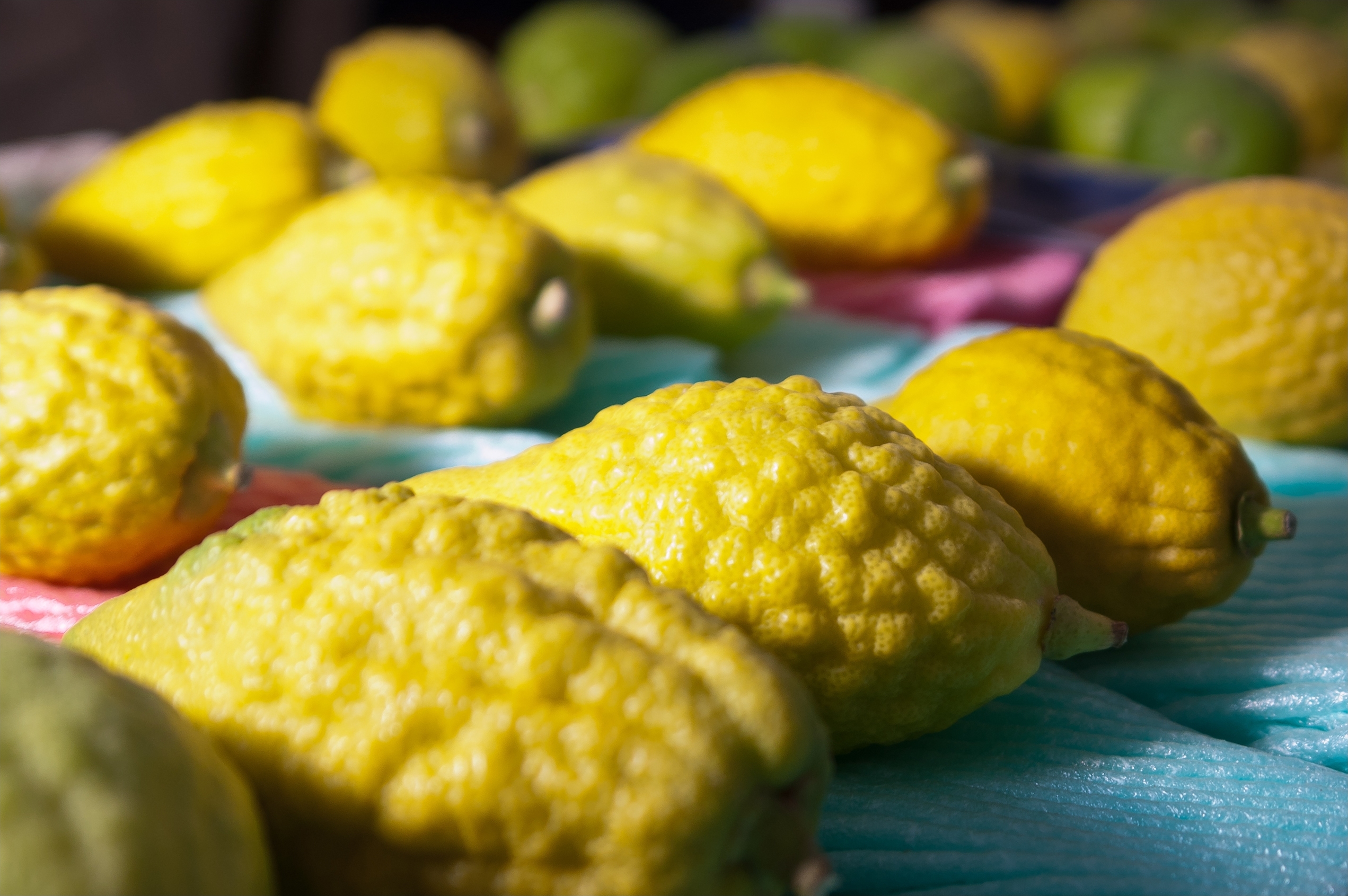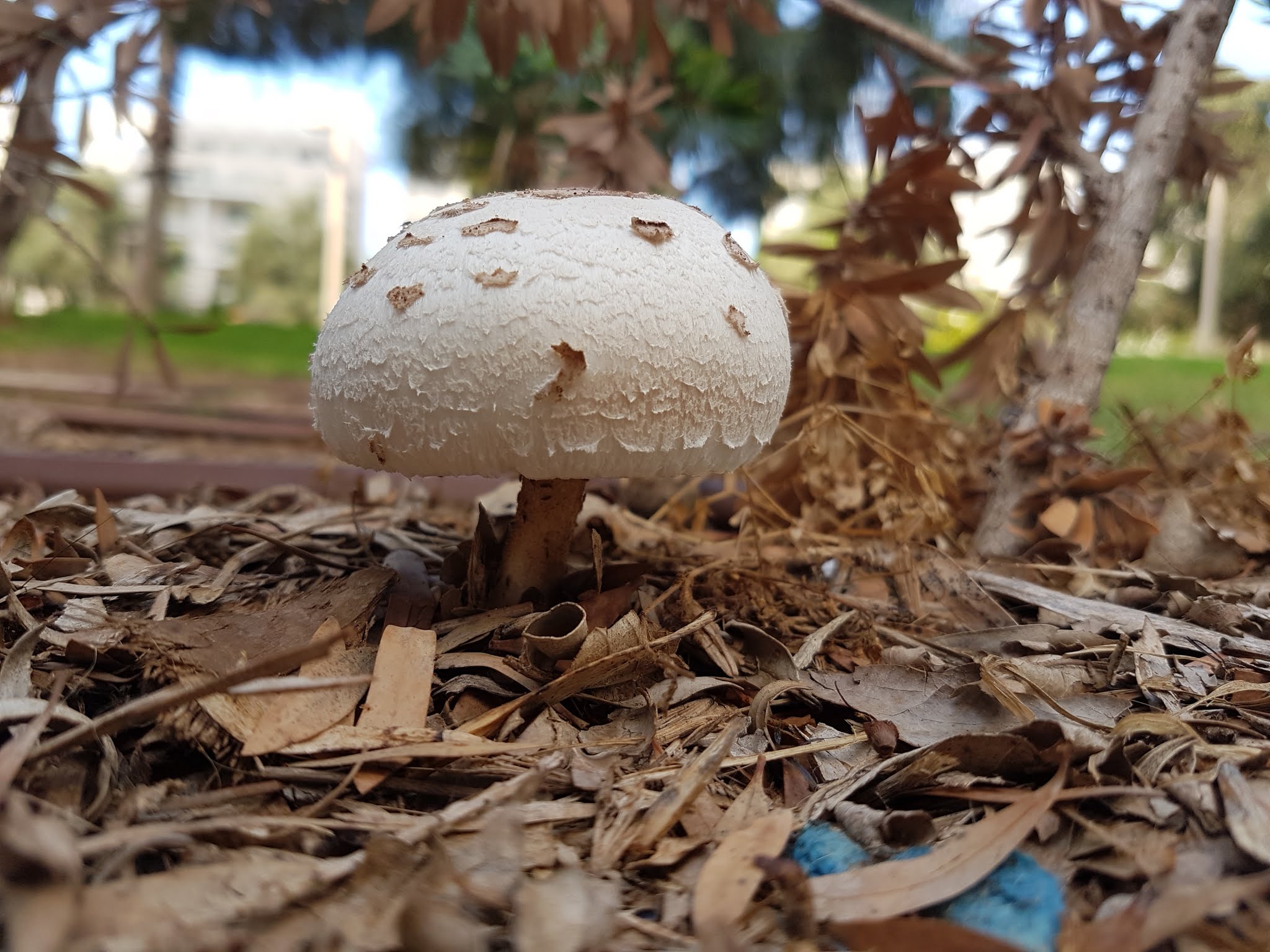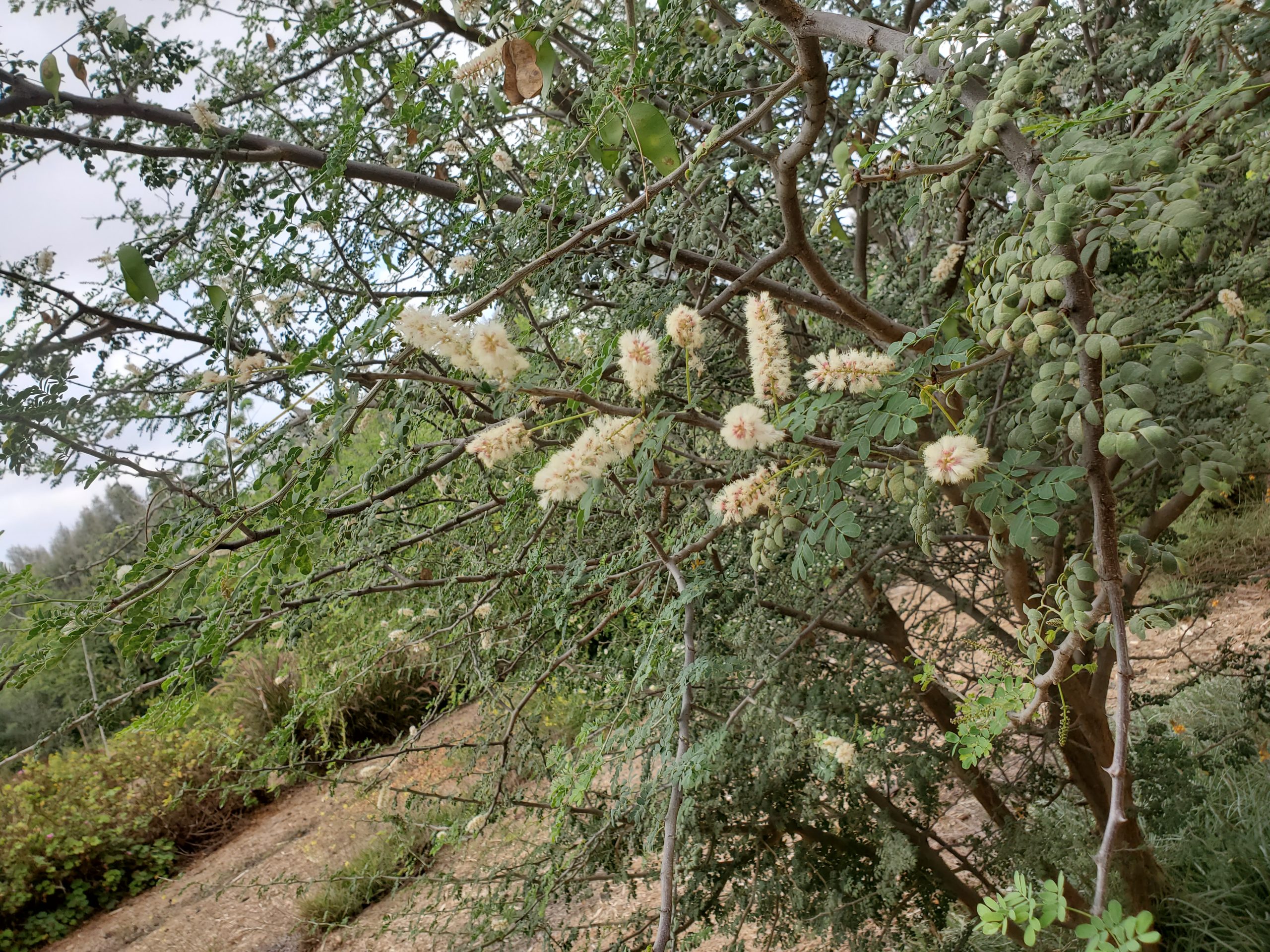Are We Planting Too Many Trees?
January 26, 2021Special for Tu Bishvat: A new Israeli study finds that low density forests sequester more carbon dioxide than dense ones and thus better contribute towards climate change mitigation.
With Tu Bishvat approaching, Jews around the world are planning to plant trees to commemorate the obligation to care for the natural world. Every year, masses of Israelis venture out and fulfill this responsibility by planting fresh seedlings throughout the country to symbolize renewal and growth.
Trees, and forests in particular, are recognized worldwide as an important factor in halting the global warming process due to their ability to regulate and sequester carbon from the atmosphere. As a result, many initiatives and campaigns launched in recent decades have set themselves goals of planting billions of trees all over the world. In Israel, afforestation efforts have led to the planting of hundreds of millions of trees. The Jewish National Fund (JNF) alone has planted about 240 million trees since its inception and has pledged to plant another 6 million trees in the next decade under the United Nations’ Billion Trees Program (UNEP).
Although, according to a new collaborative study by the Weizmann Institute of Science and the JNF, it seems that the carbon fixation rate of trees in high density forest plots are slower compared to plots with lower density, which raises the question: could there be too many trees in Israeli forests?
The Dry Forest in Israel
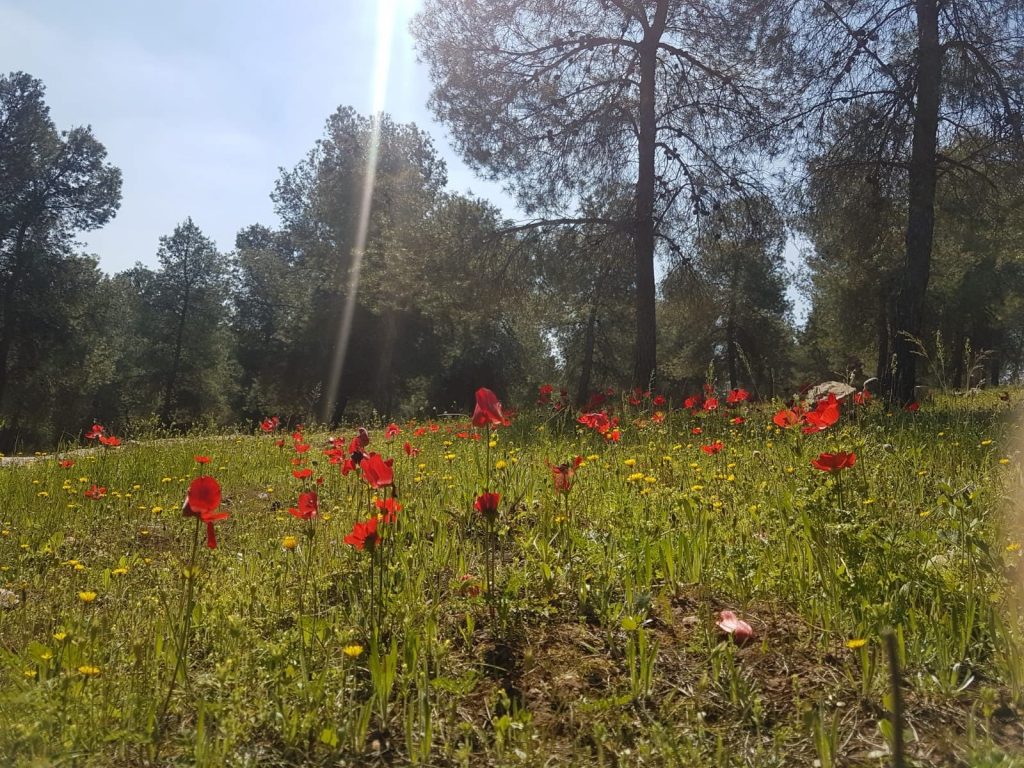
“A dense green forest enchants us,” says Dr. Tamir Klein, one of the leaders of the study from Weizmann Institute’s Department of Plant and Environmental Sciences, “but a too high density causes strong competition between trees and a delay in growth, especially in the dry climate conditions of Israel. Because there is not much rain, the trees compete for the water—a scenario in which there are always winners and losers.”
The study began about 11 years ago in the Yatir Forest, the largest planted forest in Israel located in the Negev region. “In fact, this is the driest forest in Israel,” says Klein. Located south of Mount Hebron and east of the town of Meitar, the forest is mainly inhabited by pine trees.
In 2010, extensive tree mortality was observed in the Yatir forest. An estimated 50,000 dead trees were identified throughout the forest after it suffered a year of severe drought in 2009. This was the same year when the Israeli water sector reached its worst crisis in 85 years, and the Negev region was declared a drought-stricken area.
“One of the questions that came up was: what would have happened if there were fewer trees? Maybe there would be more water per tree, and maybe survival would have gone up, and hence we arrived at our research question—what is the optimal density of a forest?” Klein explains.
According to Klein, the general density seen in most of the Yatir forest is 30 trees per dunam (~0.25 acres). “Led by Prof. Dan Yakir of the Department of Earth Sciences and Planets at the Weizmann Institute of Science, we conducted a thinning experiment,” Klein describes. “As we reached designated plots, we marked them and cut some of the trees to gain and produce different densities. We proactively reduced the number of trees in some of the plots to 20 trees per dunam and in some we reduced it to 10. We wanted to see how it would affect the remaining trees.”
To measure the effect, the researchers installed sensors on the trees that measure the diameter of the trunks, and they monitored carbon dioxide concentration to measure the rate of photosynthesis. In addition, other parameters such as forest regeneration were measured, including the amount of pine sprouts, the number of seedlings, and the instances of germination.
“Already in the first year after we removed trees in a controlled manner, the first thing we saw was that the trees we left behind ‘breathed a sigh of relief’. Their growth rate doubled and even tripled,” says Klein. “It’s a phenomenon you see a lot of times and it happens because trees compete with each other for water and light.”
Light Competition
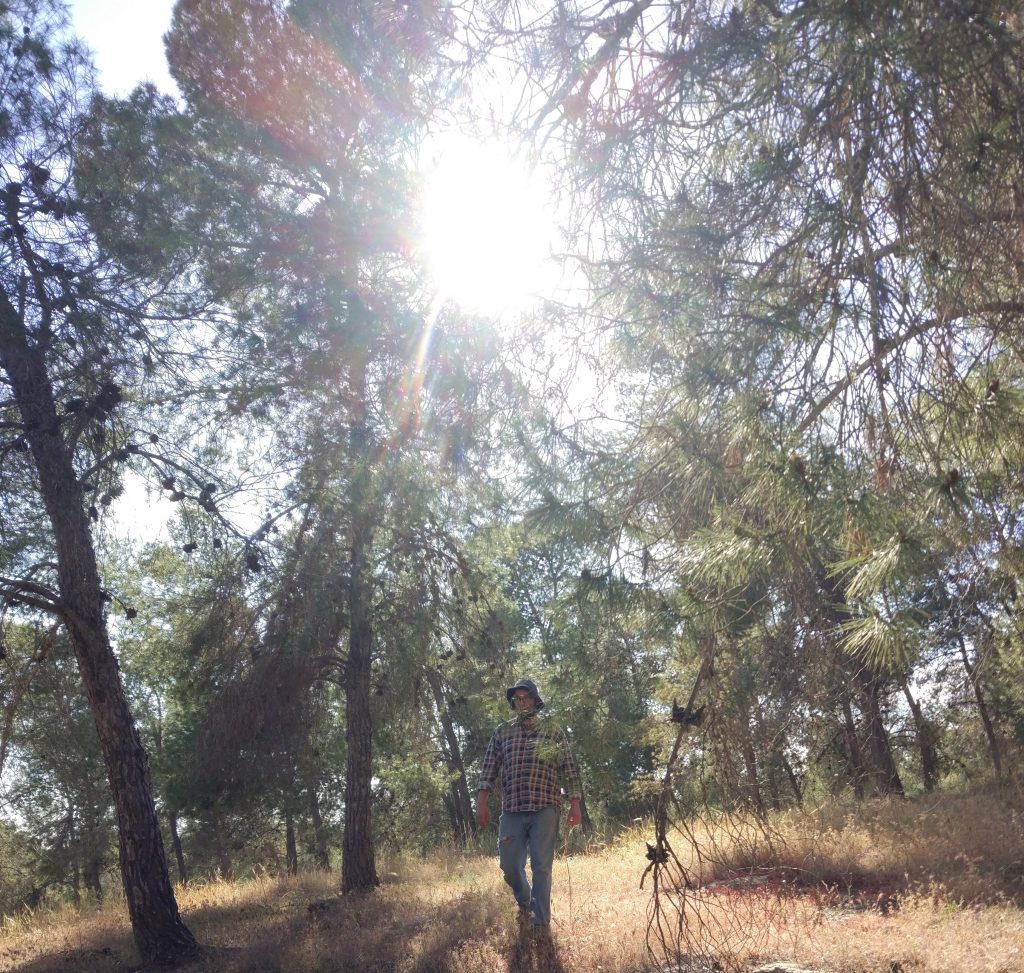
According to Klein, it would have been expected that removing the competition (by thinning the forest plot) would increase the water supply to the remaining trees. However, after conducting further measurements with an eco-hydrological model provided by Prof. Naomi Tague of the University of California, it was clear that the absence of competition for light was the main reason behind the success of thinning the plot. Without the neighboring trees to cast their shadows on one another, the remaining trees were able to have access to more sunlight and increase their rate of carbon fixation, resulting in faster growth.
According to the KKL-JNF, forests in Israel absorb about a million tons of carbon per year (equivalent to 3.7 million tons of carbon dioxide per year). As for a single tree, around 30 kg of CO₂ are absorbed per year. Trees do this through a process called carbon fixation where CO₂ is converted to organic compounds such as sugars and carbohydrates, which plants perform through photosynthesis. Carbon fixation is also the primary process that facilitates the reduction of global CO₂ levels in the atmosphere by photosynthetic organisms.
In the study, the researchers noted that tree trunk diameters in the thinned plots increased more than those in the dense plots. They also saw that the pine trees’ needles were longer—a clear sign of increased rates of carbon fixation. “We have seen that the reason for the increased growth in the thinned plots is because they do not have neighboring trees that shade them. Thus, they are exposed to sunlight for longer durations throughout the day, which is why they can perform increased photosynthesis and sequester more carbon,” says Klein.
Apart from measuring the tree trunk and needle length, the researchers also measured the carbon fixation directly. “By using a special device equipped with an infrared sensor that encases itself around leaves, we were able to determine the amount of CO₂ molecules they absorb and fixate. While they were still attached to the tree, we put the living leaves into the measuring chamber, and the sensor showed that the CO₂ was rapidly depleting. We noticed that the rate of carbon fixation was higher in the thin plots than in the dense ones.”
Stronger Trees
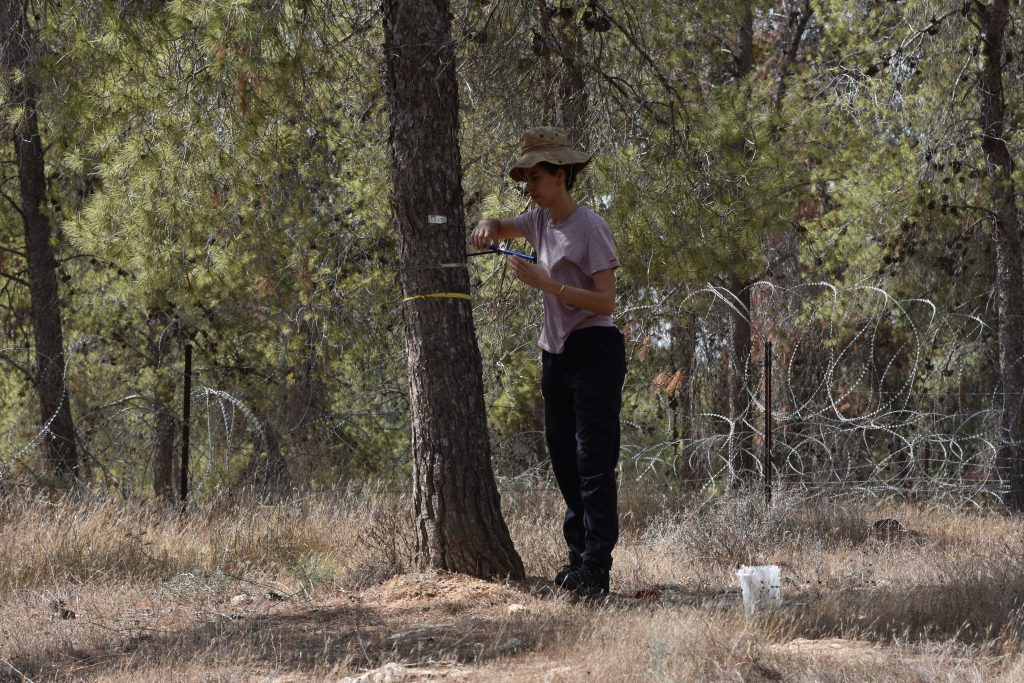
Researchers have returned to the Yatir Forest every year for the past 11 years, as part of an experiment conducted within the Long-Term Ecological Research Network (LTER). “We can say that even after 11 years, the phenomenon is only intensifying. Today, the disparity can already be seen between the trees in the thinned plots and the trees that grow in the dense plots. The trees in the sparse plots are much stronger than the trees in the dense plots.”
Although the researchers found the optimal forest density, it is currently not possible to implement their recommendation for thinning existing forests. “We recommend that the KKL-JNF thin plots, but logistically it is very expensive and complicated to implement,” says Klein. “The forests in Israel are not necessarily close to the roads and in order to thin them you have to send people there with saws and then remove the trunk from the cuttings. It’s a complicated operation.”
In the case of new plantings with the arrival of Tu Bishvat, the researchers recommend not planting trees too densely and take into account the effect of density on the health of the tree. This way new trees could have more space to grow, thrive, perform more photosynthesis, and effectively help combat the climate crisis in the process.
This ZAVIT Article was also published in The Jewish Journal on 26 Jan. 2021
